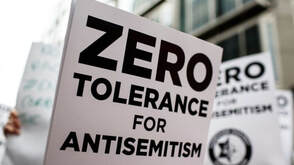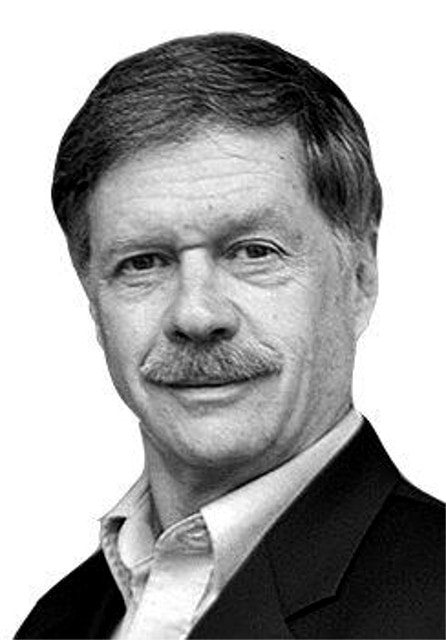
--A Harvard alumnus commenting on what he witnessed at the Yale-Harvard football game in 1922 (quoted in The Chosen: The Hidden History of Admission and Exclusion by Jerome Karabel)
In December, we got a taste of what is happening on college campuses when the presidents of Harvard, the University of Pennsylvania and MIT testified before a House of Representatives committee. In response to what was neither a trick nor a “gotcha” question from Trump devotee, Rep. Elise Stefanik (R-NY), concerning threats of genocide against Jewish students, the three presidents replied that condemnation of, or any other action against, the threateners would “depend on context.” This carefully crafted, overly legalistic response generated huge backlash from not only the Jewish community, but also the general population. Worse, it warned Jewish students that there are no safe spaces for them on campus.
The overt anti-Semitism inherent in this is nothing new in America, and certainly not new among Ivy League universities. The presidents’ inability to respond compassionately conjured up memories of campus anti-Semitism from a hundred years ago. In the early 1920s, a member of the Harvard Board of Overseers, one Franklin D. Roosevelt worried that Harvard had a “Jewish problem”—too many Jewish students. He urged the university president to impose a quota to limit the number of Jews admitted. President Lowell agreed, and Harvard’s Jewish student population plummeted by a third. Both FDR and Lowell shared the undercurrent of anti-Semitism common to generations of the WASP upper crust elite. In fact, Lowell had been a vice president of the Immigration Restriction League, an organization advocating Eugenics.
The other Ivy League universities soon followed suit. For the next 40-plus years, the Ivies, along with many other “elite” academic institutions, severely restricted Jewish enrollment.
Until the 1920s, Jews had thrived on top college campuses for almost two decades. Columbia was 40 percent Jewish. At Harvard, the Jewish population had tripled since 1900 and stood at 21 percent. Jews at Ivy League schools were winning a disproportionate share of academic honors and Phi Beta Kappa keys.
By 1923, Harvard’s entering class was nearly 25% Jewish, Yale’s was 13.3% and Princeton’s (always the most restrictive of the “Ancient Eight”) almost 4%. Columbia’s figure may have been as high as 40%, and the University of Pennsylvania’s was similar. Most of these students were from families that had recently come to America.
By the mid-1920s, however, Jewish student populations declined dramatically. They would stay that way for the next four decades.
In the mid-1960s, pioneering Yale admissions dean, R. Inslee (“Inky”) Clark, new to the job, convinced Yale President, Kingman Brewster, that it was time for the Jewish quota to be shelved in time for consideration of the Class of 1964. Brewster agreed, and the rest of the Ivies soon followed. For the first time in almost two generations, Jewish students were welcomed and, once again, allowed to excel. In 1968, both the Valedictorian and Salutatorian of that pioneering Yale class that entered in 1964 were Jews.
Thus, it is quite a shock to discover, 55 years later and a century after the imposition of Jewish quotas, that the Ivy League had regressed once again into an anti-Semitic bastion, where institution presidents effectively condoned anti-Semitism and Jewish students must fear for their safety.
Dick Hermann
January 13, 2024


 RSS Feed
RSS Feed